- Endoskopiske produkter og tilbehør
-
Luftveje
- Oxygenkanule
- Capnografisk maske
- Iltmaske
- Ikke- rekreating maske
- Venturi maske
- Flerventmaske
- Nebulisatormaske
- Nebulisator med mundstyk
- Tracheostomi maske
- Engangsfuld Ezscop™Pro Broncho
- Envejsventil mundstykket
- Næseklip
- ABC mundstykke og filtersæt
- Åndedrætsøvere
- Lukket sugekateter
- Sugekateter
- Slem kontrol vakuumventil
- Slemmeprøvningsfælde
- Slemudvinding
- Slem udtrækning med beskyttende sked
- Engangsrør
- Anæstesi
-
Luftvejsstyring
- Orofaryngeal luftveje
- Nasopharyngeal luftveje
- Laryngeal Mask Luftveje
-
Tracheostomi
- Himmelsk justerbar Tracheostomy Tub
- Himmelsk trakestomy Tube med NeoSuctionName
- Himmelsk forstærket trakestomy Tub
- Serenity Tracheostomi
- Serenity Tracheostomi
- Serenity Tracheostomi Tube med neoSuction.
- Serenity Tracheostomi Tube Kit med neoSuction.
- Grasmere Fenestrateret tracheostomi
- Grasmere Fenestrateret tracheostomi
- Azure Ikke-justerbar Tracheostomi
- S-type Tracheostomi
- Pedi Tracheostomi
- Endotrakeal rør
- Endotrakeal Tube Introductor
- Intuberende stilComment
-
Sugekirurgi
- Flexi-klart Yankauer håndtag
-
Yankauer- håndtag
- SpeedFlow Yankauer
- Enkelt tip Yankauer
- Flange Tip Yankauer
- Tip Yankauer
- On/off Yankauer med almindeligt tipp
- On/off Yankauer med skydet tipp
- Løg Tip Yankauer
- Crown Tip Yankauer
- Fleksibelt pulje sugehåndtag
- CH30 Yankauer håndtag & CH35 Sug tilslutningsrør
- To-stykke Almindelige Tip Yankauer
- Tip Yankauer
- Sugehåndtag i Poole
- ENT sugrør
- Sugeskinde
- Ortopædisk / ortopædisk Yankauer
- Kirurgisk aspiratortipp
- Sugeforbindelsesrør
- Sugebeholder Soft Liner
- Stiv sugebeholdere
- Sugbeholder med filtersæt
- Genanvendelig ydre beholdere
- Vakuum sår afvandingssystem
- Hæmorroide Banding Ligator
- Forbindelse
- Vakuumkontrol Adaptor
- Kardiotorakisk kirurgi
- Laparaskopiske produkter og tilbehør
- Gynækologi
-
Urologi.
- CathVantage™Bærbar hydrofil intermitterende kateter
- Cysto/Bladder vandingssæt
- Nelatonkateter
- Urin afvandingspose
- Urinafvanding bentaske tasken
- Lavemsæt
- Sitz-badesæt
- Klik på Seal Specimen Container
- Silikonehankateter
- Spigot kateter og adaptor
- Trevejs stoppikkene
- Sandaltræ vandingsæt
- Freesia-vandingssæt
- Vandingssæt
-
Generel kirurgi
- Perfusionsatomsystem
- Gastrisk sumprør
- Hemostatisk pulver- applikator
- Magnetisk drap
- Kirurgisk håndmobilizer
- Administrationssæt for blod
- Tandvandvandingssæt
- Injektionssprøjte
- Løgvandingssprøjte
- Toomey-vandingssprøjte
- Tandvandingssprøjte
- Decanteringsenhed
- Blanding af kanyl
- Mucosal Atomization Enhed
- Bækkenlinjer/basin draper
- Kamerahåndtagsdæke
- Let håndtagsdæke
- Lægebørster
- Svampepind
- Suture retrieverName
- Nåltællere
- Engangskalibreringsrør
- Tryk Infusion
- Heparindæk
- Beskyttelsesdato
- 100ML- løgvandingssprøjte
- Scleralmarker
- Kirurgisk lysskaft
- Enteral ernæring
- Holdbart medicinsk udstyr
- Personligt beskyttelsesudstyr
- 19 produkter
- PVC-FREE medicinsk udstyr
- E.N.T-afdelingen
- Temperaturstyringsløsninger
- Operation
- Patienthåndtering
- Nødsituationer
-
-
 SPITAL 2024Apr 28 , 2024
SPITAL 2024Apr 28 , 2024 -
-
-
Gennemførelse af foranstaltningerApr 02 , 2024
Lukket sugekateter
Den lukkede sugekateter bruges hovedsageligt til at afslutte sputumsugningsprocessen. I modsætning til almindeligt sugekateter, som skal skære ned vejrtrækningsmaskinen, mens den bruges, Lukket sugekateter har flere stik til at holde forbindelse med luftrørs kanyle og åndedrætsmaskine.
Type af lukket sugkateter
How Closed Suction Catheters Enhance Patient Safety and Comfort
Closed suction catheters represent a significant advancement in patient care, primarily due to their ability to enhance patient safety and comfort. This is achieved through several key features and functions:
Maintaining a Sterile Environment: The closed system design of these catheters significantly reduces the risk of introducing airborne pathogens into the patient's airway. This is especially critical for patients with compromised immune systems or those in intensive care units. By maintaining a sterile environment, closed suction catheters help in preventing ventilator-associated pneumonia and other respiratory infections.
Continuous Ventilation and Oxygenation: Unlike open suction methods, closed suction catheters allow for the continuous delivery of oxygen and ventilation. This feature is crucial for critically ill patients who require constant respiratory support. It minimizes the risk of hypoxia (low oxygen levels in the blood), a common issue with traditional suctioning methods that require disconnecting the ventilator.
Reduced Trauma and Discomfort: The design of closed suction catheters also minimizes trauma to the airways. Traditional suctioning can be uncomfortable and even painful for patients, as it often involves inserting and removing the catheter multiple times. Closed systems allow for more gentle and less frequent suctioning, significantly reducing patient discomfort.
Customization and Control: Modern closed suction catheters come equipped with features that allow healthcare professionals to customize suction levels and durations based on the patient's specific needs. This capability ensures that suctioning is done effectively without causing undue stress or harm to the patient.
Enhanced Monitoring Capabilities: Many closed suction systems now include integrated monitoring tools, providing real-time data on suction pressure and volume. This advancement allows for more informed decision-making and precise adjustments, further ensuring patient safety and comfort.
How to use Closed Suction Catheters?
1.Regular Assessment and Monitoring It's crucial to regularly assess the patient's need for suctioning. Overuse can lead to mucosal damage, while underuse may result in airway blockage. Continuous monitoring of respiratory parameters is essential to determine the right frequency of suctioning.
2.Maintaining Sterility: To prevent infection, the sterility of the closed suction system must be maintained at all times. This includes proper handling of the catheter and avoiding unnecessary disconnections. The use of gloves and aseptic techniques is imperative.
3.Customized Suctioning Protocol: Each patient’s needs are unique. Factors such as the amount of secretions, the patient's condition, and the presence of any respiratory diseases should guide the suctioning protocol. Customizing the suction pressure and duration to the patient's requirements is vital for effective and safe suctioning.
4.Regular Training and Education: Healthcare professionals should be well-trained in the use of closed suction catheters. Regular training sessions and updates on new technologies and practices in the field are essential to maintain high standards of care.
5.Patient Comfort and Communication: When possible, communicate with the patient about the procedure. Ensuring patient comfort and explaining the steps can alleviate anxiety and improve cooperation, particularly in conscious patients.
Frequently Asked Questions (FAQs) for Closed Suction Catheter
Q1: What is a closed suction catheter?
A1: A closed suction catheter is a medical device used to remove secretions from a patient's airway without disconnecting them from the ventilator. It's part of a closed system, meaning it maintains a continuous connection to the ventilator circuit, allowing for safer, more efficient airway clearance while minimizing exposure to airborne pathogens.
Q2: What are the benefits of a closed suction catheter?
A2: The primary benefits of closed suction catheters include reduced risk of infection, continuous oxygenation and ventilation during suctioning, minimal airway trauma, and enhanced patient comfort. These systems also reduce healthcare workers' exposure to potential pathogens and allow for more consistent respiratory care for patients, especially those in critical condition.
Q3: How often are closed suction catheters changed?
A3: Closed suction catheters typically need to be changed every 24 to 72 hours, depending on the manufacturer's recommendations and the patient's condition. The decision to change a catheter should be based on an assessment of its functionality, the patient's needs, and the potential risk of infection. Regular monitoring and adherence to hygiene protocols are crucial to determine the appropriate frequency of changes.
Q4: Which is better, closed or open suctioning?
A4: The choice between closed and open suctioning depends on the patient's condition and clinical setting. Closed suctioning is generally preferred in critical care environments as it maintains continuous ventilation, minimizes oxygen desaturation, and reduces the risk of infection. Open suctioning may be used in less critical situations but involves disconnecting the patient from the ventilator, which can have drawbacks such as hypoxia and exposure to pathogens.
Customer Reviews for GCmedica Closed Suction Catheter
1.Julia Müller
★ ★ ★ ★ ★"They've made a significant difference in patient care"
2.Sofia Johansson
★ ★ ★ ★ ★"I have seen a notable improvement in patient outcomes since we started using closed suction catheters."
3.Elena Rodriguez
★ ★ ★ ★ ★"They've not only improved patient safety but also made our work as nurses more efficient and less stressful. "


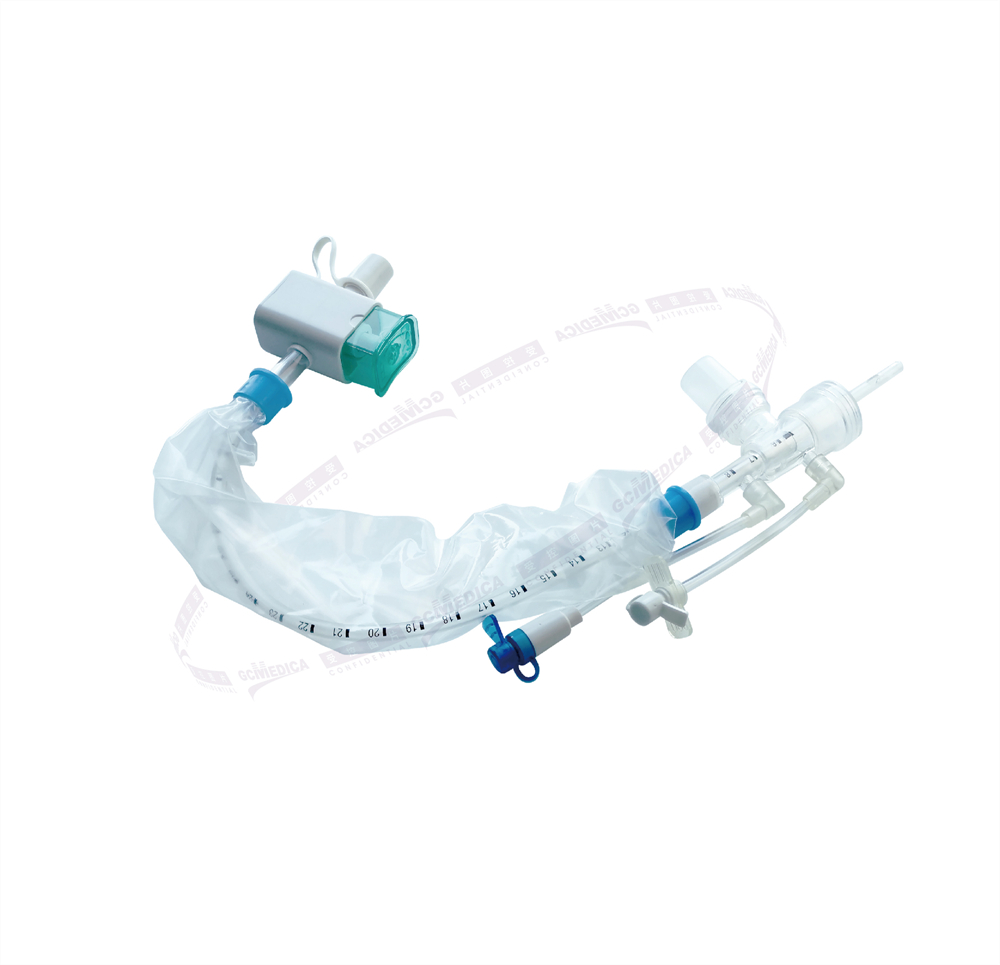
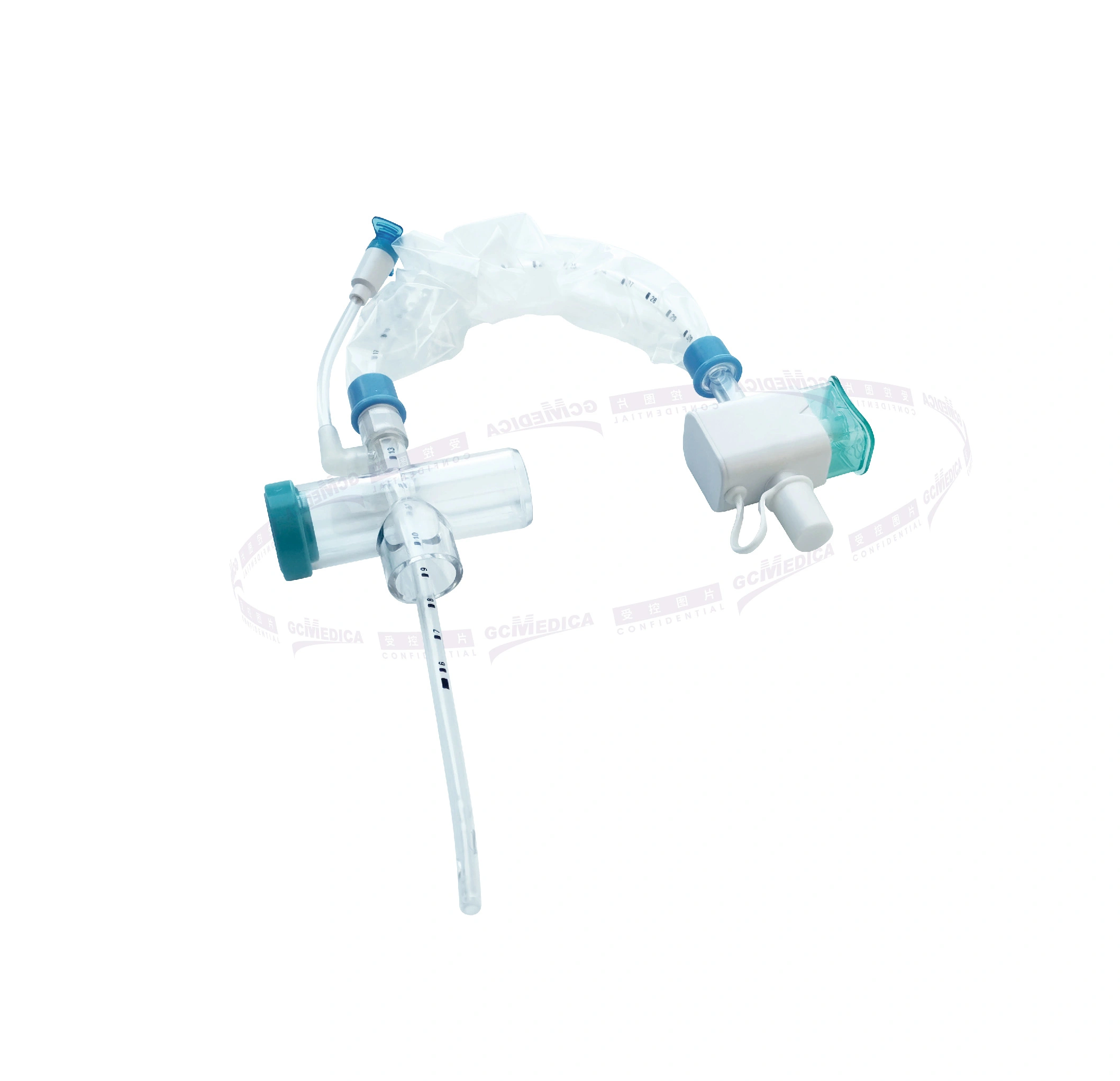
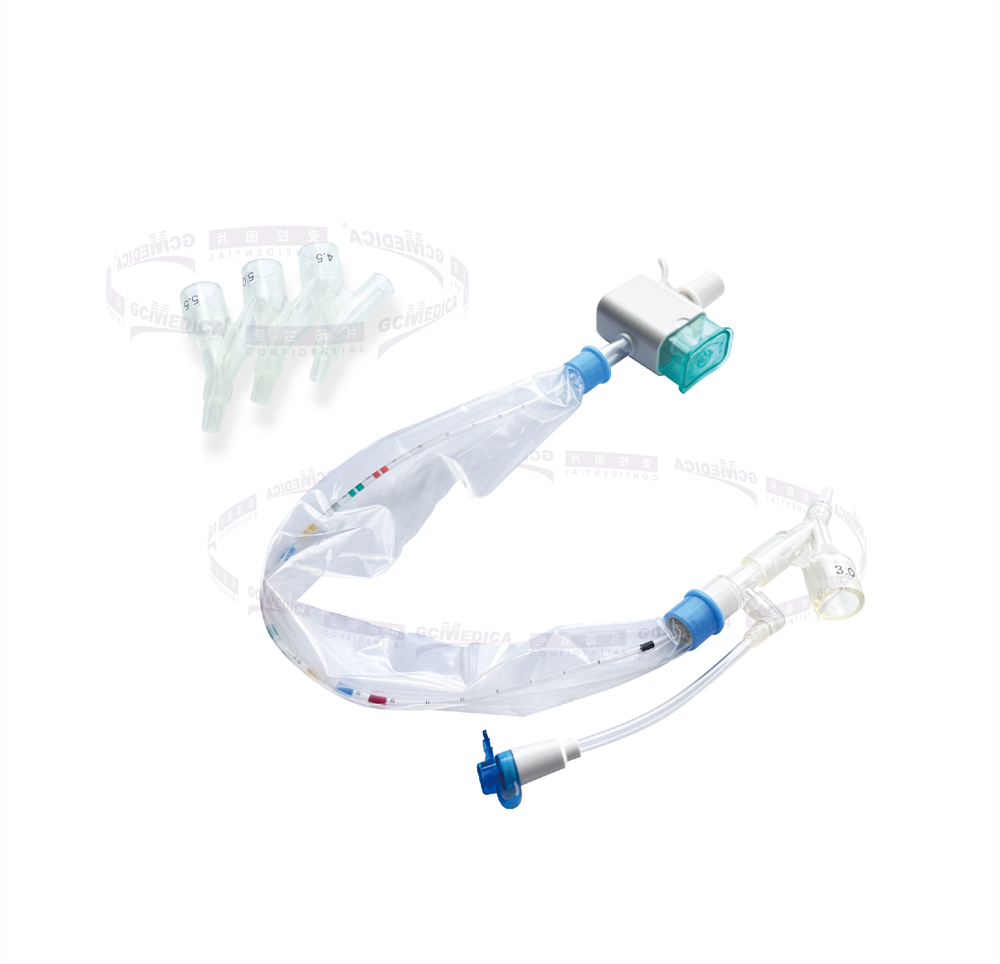
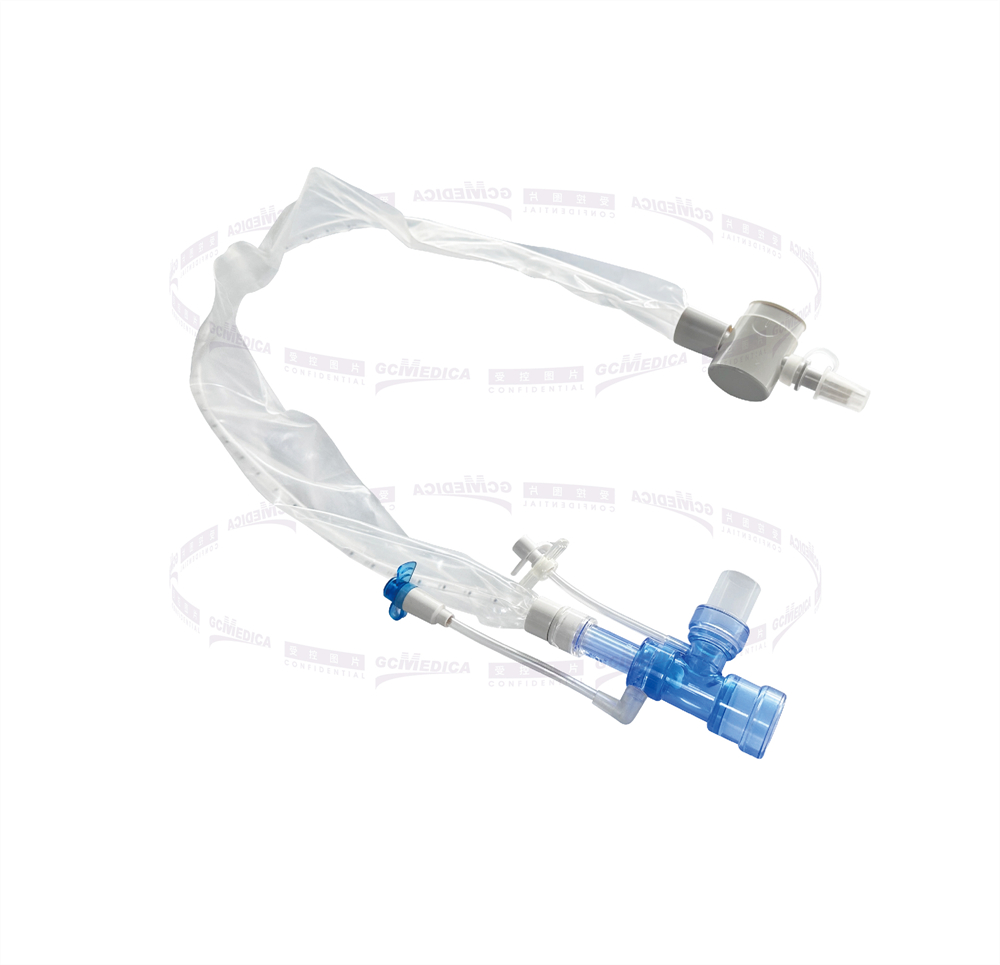
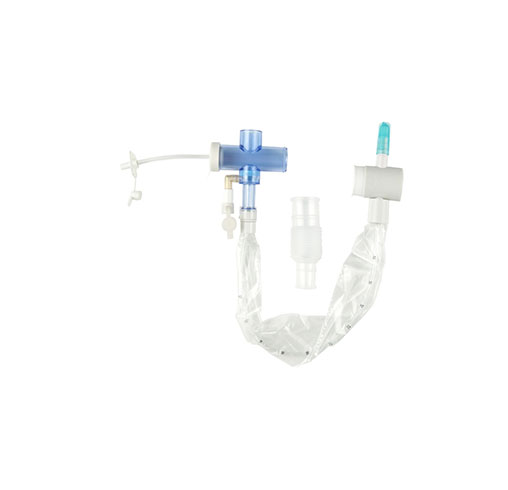
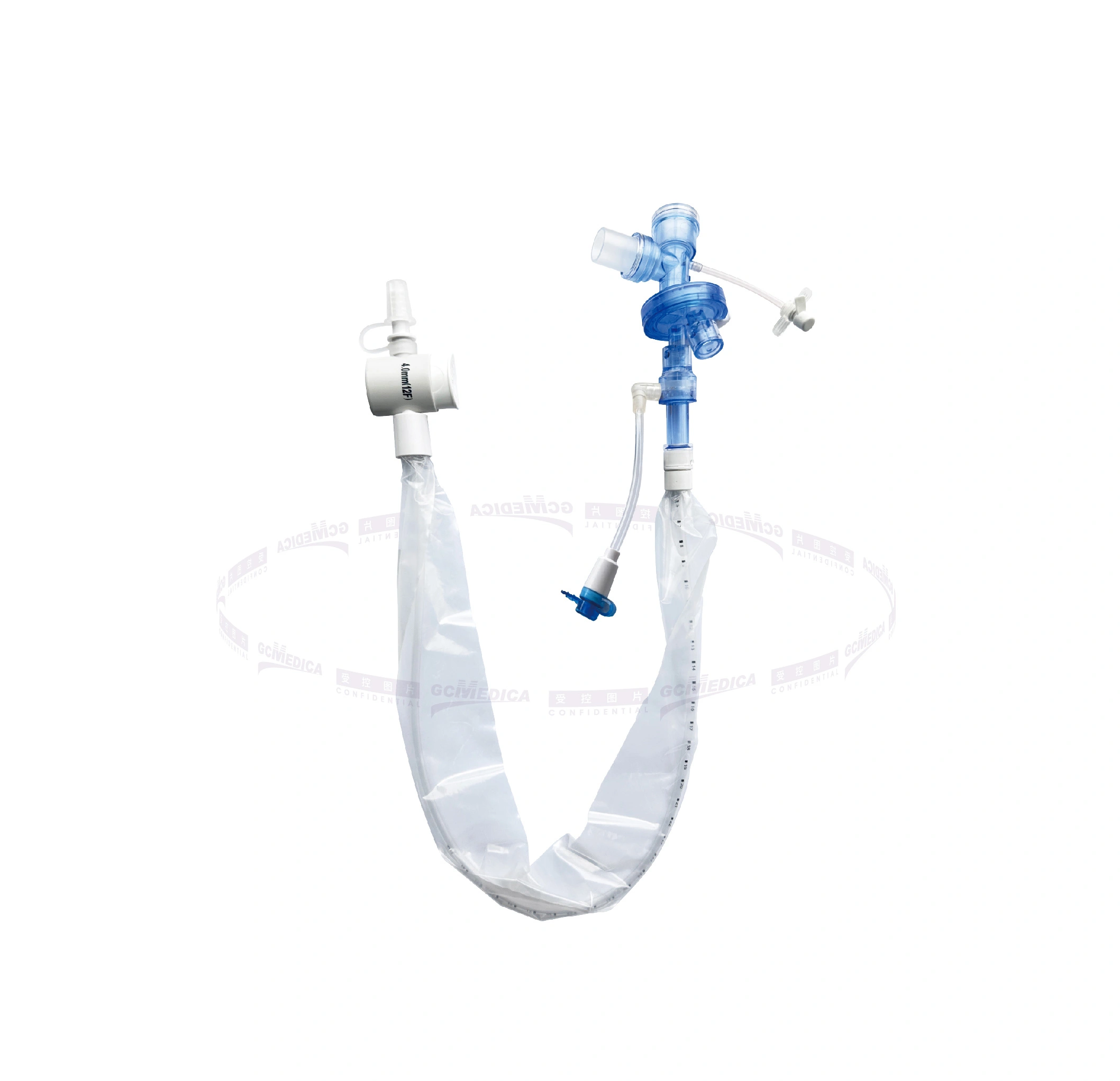

 +
+
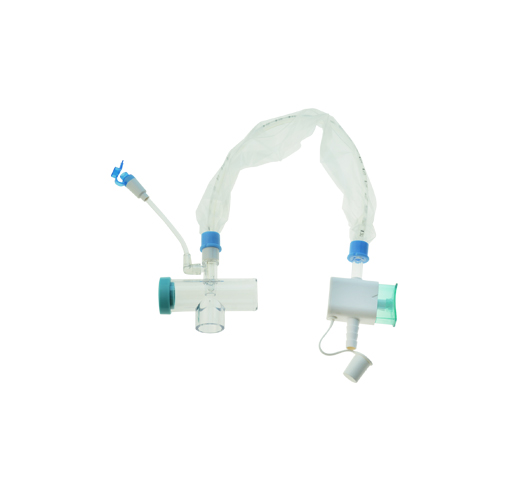 +
+
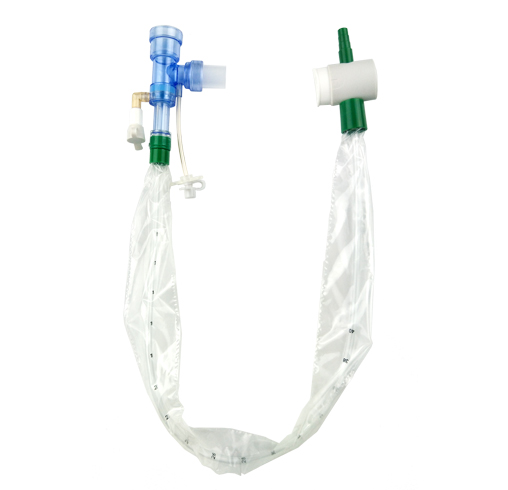 +
+